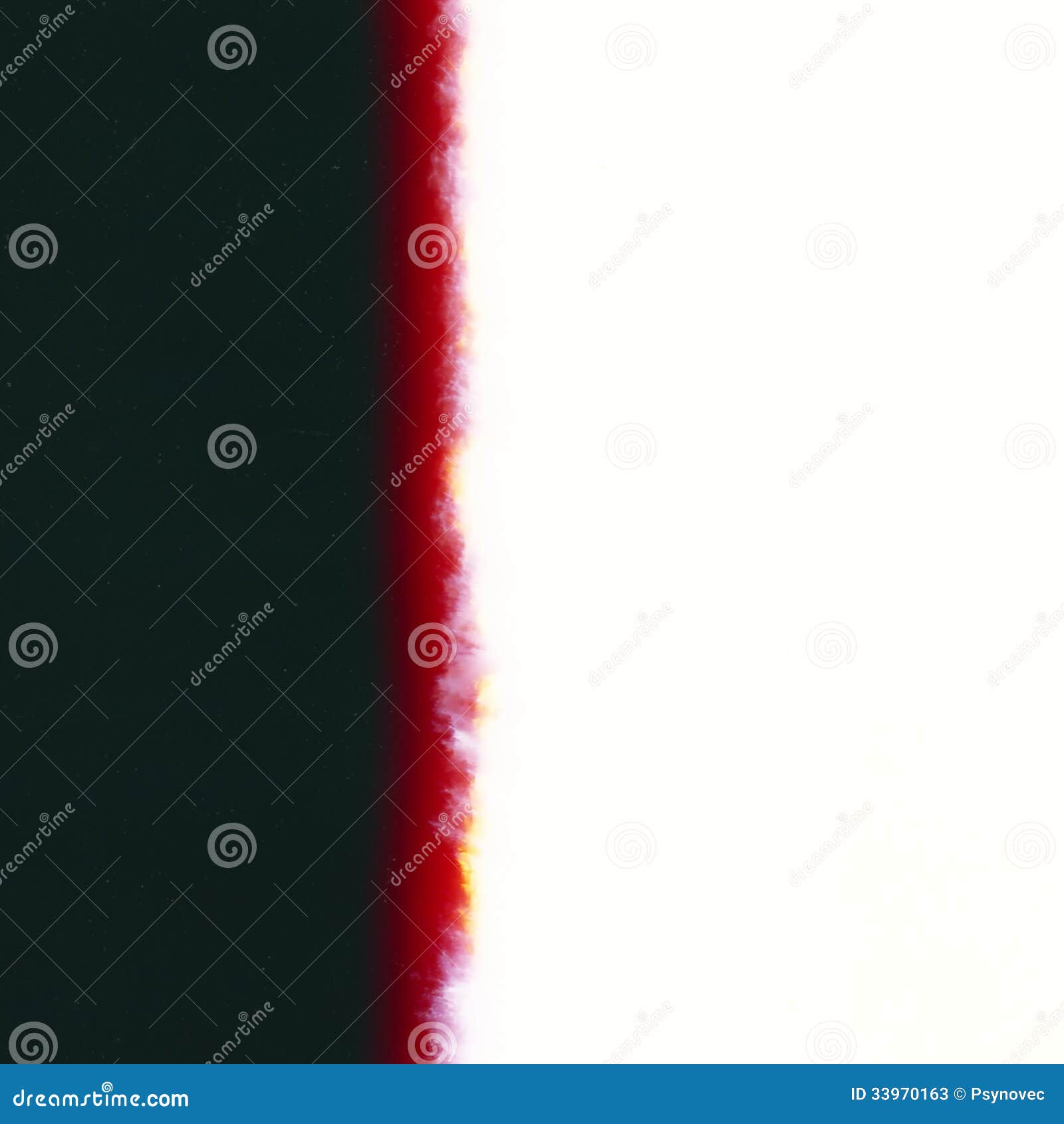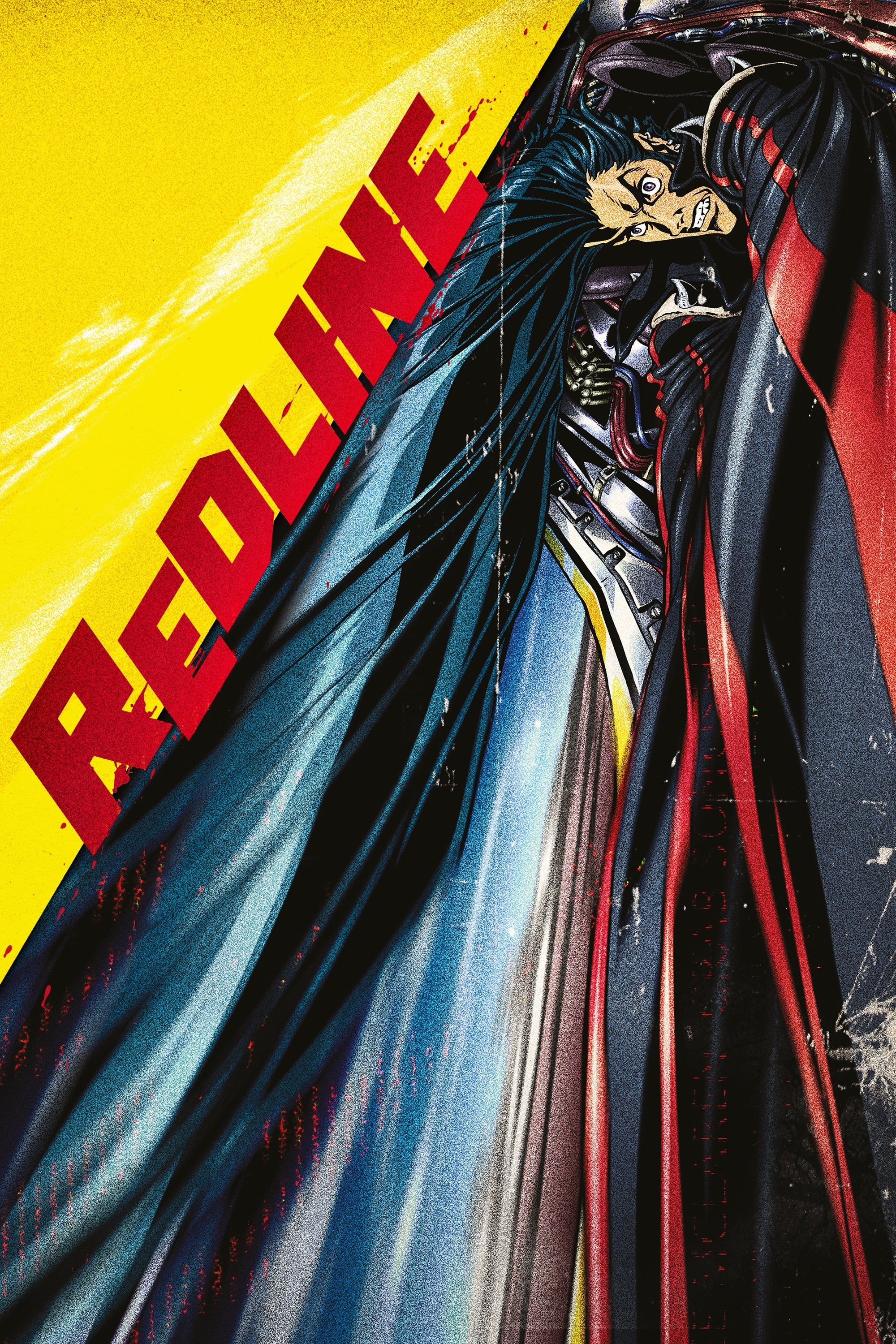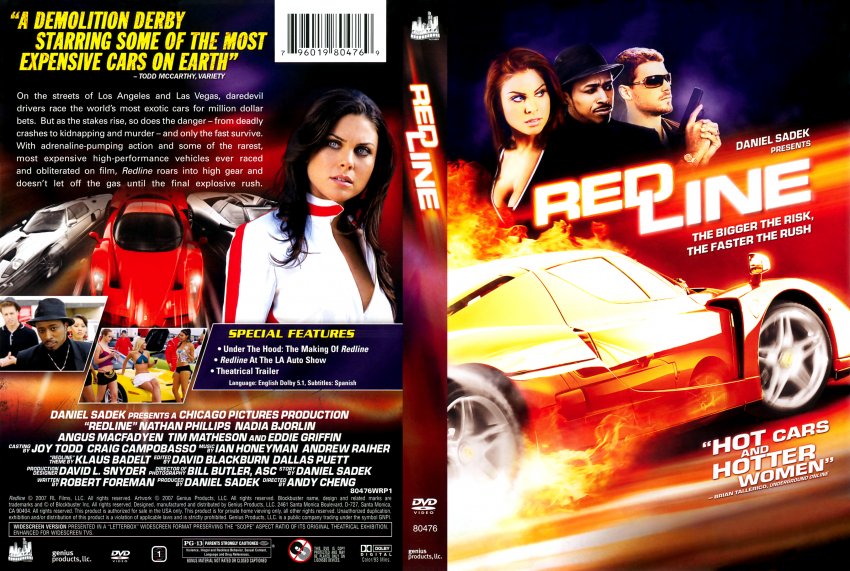


What is striking about Lefebrve’s definition is how important “interruption,” or intrusion, is to transformation of setting to landscape. By gazing at and contemplating the moving pictures, the viewer adds a temporality to the already illusory temporality inherent in the cinematographic medium.Īs a result of this doubly temporalized interaction, the film’s setting, which is normally part of the narrative, occasionally shifts to landscape when it is contemplated not in the temporality of the film but in the temporality of the viewer’s mind. Essentially, under Lefebrve’s definition, what separates landscape from setting is the viewer’s gaze. They could just as easily be said to be projections of the speaking character’s imagination, projections of non-speaking characters, the visions of a god-like presence within the film, or perhaps just the evidence of Malick’s auteurist hand. Whatever the case, the images are the crystallization of character, setting, and landscape, and they derive potency through the film’s sounds.īefore Malick, an interesting distinction between filmic setting and landscape had been spelled out by Martin Lefebrve, who states that transference of setting to landscape is brought about by “the interruption of the narrative by contemplation,” which in turn “has the effect of isolating the object of the gaze, of momentarily freeing it from its narrative function” (“Between Setting and Landscape” 29). The disparate temporalities, characters, and places are connected by the numerous character voiceovers, which are never explanatory and always lyrical. The film’s images often seem to acquiesce to the musicality of these oblique voiceovers, and we are rarely sure whether the shots of natural settings and landscapes are from a character’s point-of-view.

This is typical fare for a Malick film, and it creates a work that is both elliptical and fascinating. Malick’s camera wanders around the natural world as often as it focuses on specific characters, and it digresses from the current temporality, character, or place with little regard for standard continuity editing. Indeed, the film was released the same year as Steven Spielberg’s more popular, and more violent, Saving Private Ryan, and in many ways offers a stylistic counterpoint to the focus on action in Spielberg’s film. The Thin Red Line tells a fictionalized version – focusing on a battalion of American soldiers – of one battle during the Guadalcanal Campaign in the Pacific Theater of World War II, but what distinguishes it from other films about war is that it seems to focus on the subject indirectly. However, pay heed, for it is this attention to senses and auditory cues that ultimately allows Terrence Malick’s 1998 masterpiece of a film to fully transform notions of filmic setting and landscape. Indeed, from the very first shot, of a slowly submerging alligator, our senses are tested: the musical chord preceding and lasting throughout the alligator’s movement is loud enough to make one reconsider Malick’s recommendation. The Thin Red Line: The Impact of the Senses on Setting and LandscapeĪs part of the Criterion edition of the film, a message appears on the screen once the play button has been pressed: “Malick recommends that The Thin Red Line be played loud.” There is enormous weight to that seemingly simple message: that a normally reticent director would attach a recommendation (adorned with his name) to the beginning of this film speaks to the significance he attributes to its sensory nuances, particularly its auditory cues.


 0 kommentar(er)
0 kommentar(er)
